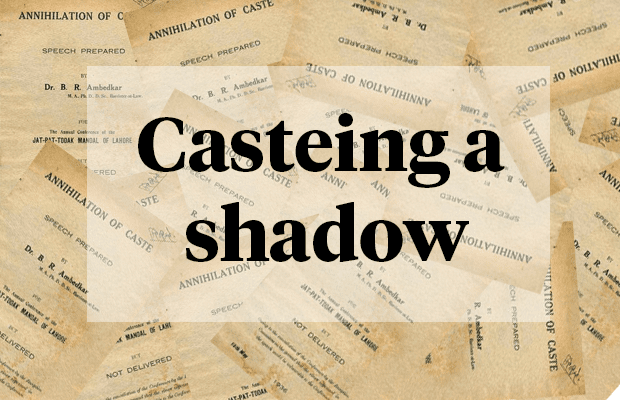Growing up, I saw myself as varying configurations of different identities. For the first decade of my life I was an Australian who incidentally happened to have parents from India. At various points I was an Indian-Australian, an Indian and somewhere in between. Above all that though, I was a Hindu. For me, being Indian and being Hindu were culturally synonymous: Hindu festivals were Indian festivals, Hindu rituals were Indian rituals etc. And yet, somewhere in my conflation of Hinduism with my amorphous Indian identity, the fact that I was a Brahmin was lost. For the most part, this is an experience common to upper-caste diaspora.
To those immigrant families that have never borne the mark of caste oppression, it is a long-forgotten concern; a preserve of the old country with little applicability to their present lives. In light of my own experiences, I must interrogate why caste is so easily left out of the immigrant experience.
It is hard to provide an authoritative definition of caste. It varies in nature across India, and castes that are “forward” in one area are deeply disadvantaged in others. Broadly speaking, it is a hierarchical and hereditary division of labour comprised of four varnas: Brahmin (priest), Kshatriya (warrior), Vaishya (merchant) and Shudra (labourer). Within these broad categories are a multitude of jati, often overlapping between varna and reflecting highly specialised job functions. Outside the boundaries of Varna are dalits, formerly known as untouchables.
Caste has a divine normativity and deviation from one’s divinely ordained path (dharma) is purported to lead to social anarchy. This unquestionable spiritual authority, alongside notions of ritual purity, mean that those of backward castes and Dalits are excluded from all manner of social life. In many places, Dalits were forced to tie brooms to their backs to wipe away their impure footsteps. In other cases Dalits were attacked by mobs for using the same crockery as Brahmins. Despite the introduction of “corrective measures” such as reservations in the Indian constitution, Dalits still face crippling poverty, social exclusion and violence.
My experience of caste was far removed from the crippling reality of exclusion, marginalisation and oppression. My Brahminness was subsumed under my Indian or Hindu culture. Vegetarianism and sacred rites – this is what I thought was the universal “Indian” experience. References to caste were vague and esoteric, briefly mentioned in religious stories and invoked by elders, but never critically considered or explained in a broader social context. There was never any cognisance of the fact that my experience was not universal. It was especially anathema to me that outside Australia, where I was a victim of racialisation, I personally could be an oppressor. This appears to reflect the experiences of most diaspora kids who are woefully unaware of caste. At best they are ambivalent, at worst they inherit a reactionary disdain for backward castes, disguised as an egalitarian objection to scheduled caste affirmative action.
A few factors can explain this general ignorance of caste in the diaspora. The first and most prominent is material. In light of the fact that resources and capital are overwhelmingly centralised in the hands of savarna elites, it is not surprising that it is overwhelmingly higher castes that had the means to immigrate. These communities, even if not by malicious intent, reproduced their caste-based cultural practices in the diaspora. But the desire for a homogenous, cultural identity in foreign and hostile environments meant that these practices were generalised as Indian or Hindu, such that caste was obscured from their origin. On the other end of the spectrum, a tenuous balance between cultural preservation and assimilation meant that Indian immigrant families were eager to “leave behind” practices that were deemed unsuitable for their new homes. Chief amongst these was caste, and again caste-specific cultural practices are subsumed under a broader Indian identity.
The task for the emerging progressive section of the diaspora is to confront the indignity of caste, both internally and in the mother country. It is only through grappling with the complexity and brutality of caste can diaspora truly facilitate social justice.





